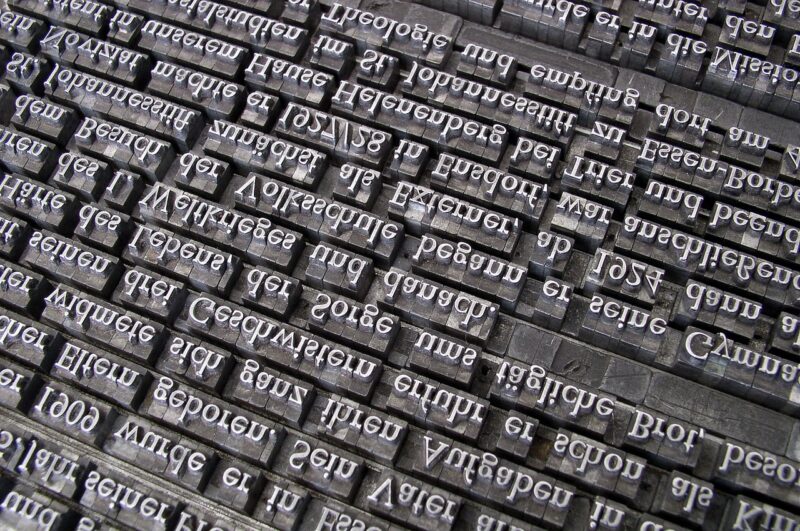How Detectives Trained to Read Body Language to Spot Lies
November 15, 2024

Detectives are often seen as the modern-day detectives who unravel mysteries and solve crimes, but what many don’t realize is that a significant portion of their work hinges on understanding human behavior—specifically, reading body language. In an age where technology plays a pivotal role in criminal investigations, the ability to decipher nonverbal cues can be just as critical as forensic evidence in uncovering the truth behind deceptive statements.
1. The Importance of Body Language in Detecting Deception
Body language encompasses the unconscious signals we send through our posture, gestures, facial expressions, and eye movements. While words can often be manipulated, body language tends to be more honest and revealing, giving detectives crucial insights into an individual’s thoughts and emotions.
Researchers have shown that nonverbal cues can reduce the detection of lies. According to studies, a mere 7% of communication is conveyed through words, while 93% comes from nonverbal factors. This staggering statistic highlights the importance of detectives being skilled not only in interrogating but also in observing how individuals present themselves physically during questioning.
Some vital aspects of body language that indicate possible deception include:
- Inconsistencies Between Verbal and Nonverbal Messages: If a person’s words imply truthfulness but their body language tells a different story, it could signal deceit.
- Nervous Habits: Fidgeting, avoiding eye contact, or covering the mouth can be indicators of discomfort or dishonesty.
- Micro-expressions: Brief flashes of emotion that contradict a person’s current expression are often unintentional and can reveal underlying feelings.
Understanding these cues equips detectives with the tools necessary to navigate the complex world of human interactions, particularly in high-stakes situations such as interrogations.
2. Training in Body Language Detection
Detective training programs often incorporate courses on psychology and behavioral analysis. Prospective detectives learn how to identify and interpret various nonverbal cues as a part of their investigations. The training usually involves:
a. Educational Workshops
Courses on body language focus on the psychology behind deception, how to read facial expressions, and the significance of posture and gestures. Workshops often include role-playing scenarios, where trainees practice interviewing techniques while being observed for their ability to spot cues in others.
b. Practical Experience
Many training programs utilize real-world experiences, allowing detectives to practice their skills on live genres. This might include observing individuals in various environments such as traffic stops, public interactions, or under controlled conditions in a police station.
c. Psychological Techniques
Understanding human psychology helps detectives appreciate the reasons why individuals may lie. Learning about common motives for deceit—such as self-preservation, fear of consequences, or desire for validation—enables detectives to tailor their questioning techniques accordingly.
By honing their skills in reading body language, detectives enhance their investigative prowess, ultimately leading to more effective resolutions of cases.
3. Recognizing Common Deceptive Cues
Detectives rely on specific cues that may indicate deception, although it’s crucial to remember that no single cue conclusively determines intent. Common indicators include:
- Eye Movement: Avoiding eye contact or darting eyes may suggest discomfort or dishonesty.
- Posture Changes: Leaning away or crossing arms might indicate defensiveness.
- Speech Patterns: Pausing before answering or excessive details can signify uncertainty.
- Facial Expressions: Inconsistent facial expressions or sudden changes can reveal concealed emotions.
However, it’s worthy to note that these signals can vary by individual and culture, making thorough training and experience essential for accurate reading.
4. The Role of Technology in Body Language Analysis
In recent years, advancements in technology have provided detectives with additional tools to analyze body language effectively. Innovations such as video analysis software can help review footage from interrogations or crime scenes, enabling detectives to spot cues they might have missed in real-time.
**Polygraphs** are often misunderstood. While they measure physiological responses such as heart rate and sweat, they do not directly measure lies. Still, these devices, when used alongside body language analysis, can provide valuable insights into an individual’s honesty.
Moreover, training in software that assesses nonverbal communication is becoming a valuable asset in law enforcement agencies. These programs can help detectives gain a deeper understanding of facial expressions, posture, and gesture patterns under various scenarios.
5. Real-Life Application: Case Studies
Detectives often reference past investigations to enhance their skills in reading body language. For instance:
– **The Andrea Yates Case:** In this high-profile case involving a mother who drowned her five children, detectives noted inconsistencies between her verbal accounts and her body language during interrogations. Experts analyzed her micro-expressions and postural changes to ultimately reveal her psychological state during the events.
– **The Amanda Knox Trial:** Investigators examined Knox’s body language through interviews and public appearances, leading to varied interpretations of her honesty. The discrepancies prompted detectives to delve deeper into her psychological profile, revealing the complexities behind her demeanor.
Such real-life applications serve as case studies, enhancing the training detectives receive and showcasing the importance of understanding body language in solving crimes.
6. Conclusion
Detectives trained in reading body language provide a unique lens through which to analyze human behavior in the quest for truth. In a challenging field where every clue counts, nonverbal communication can serve as a pivotal tool in uncovering lies and motives. As technology advances and our understanding of human psychology deepens, the role of body language in investigative work will continue to evolve, driving detectives towards even greater heights in their pursuit of justice.
By recognizing the untold stories written in gestures, expressions, and postures, detectives ensure that truth prevails, fostering trust and credibility in the justice system.







